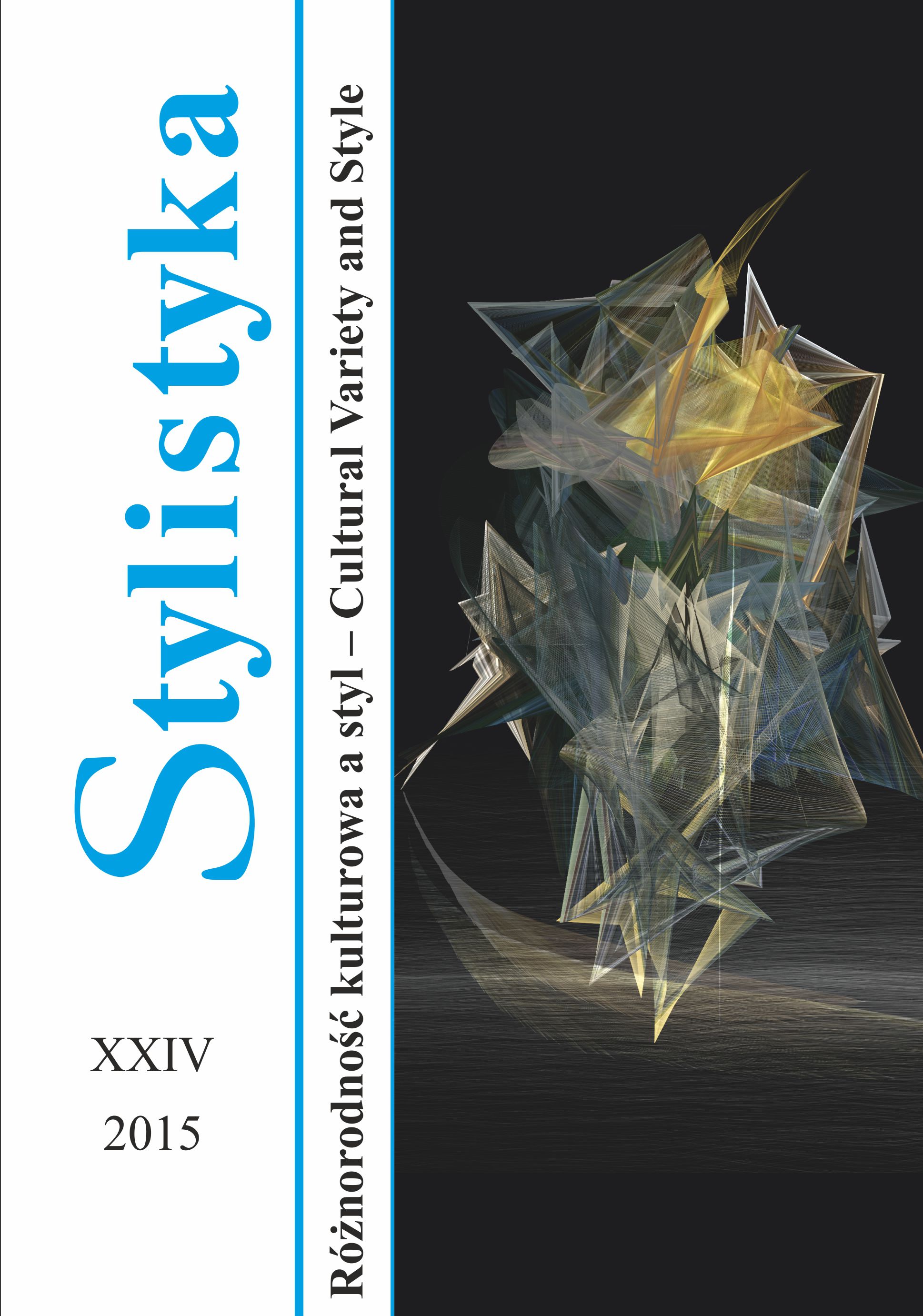ФОНОСТИЛИСТИКА НОВОСТНЫХ МАССМЕДИА
Fonostylistics of massmedia news programmes
Author(s): Svietlana BarszczevaSubject(s): Language and Literature Studies, Philology
Published by: Uniwersytet Opolski
Keywords: massmedia news: fonostylistics; oral pronunciation variants
Summary/Abstract: The main corpus of media speech consists of news bulletins. The subject of analysis at the level of phonetics has arisen due to the growing importance of phonetic standards of speech. They started to be perceived as a sort of norm in Russian literary language and won general recognition. The aim of the research is: 1) to describe the news discourse as a set of phonetic sub-systems; 2) to analyze sub-systems of the first type, that is the speech of the leading journalists from the point of view of the phonetic, segmental norm. 1. In general the news discourse can be characterized as a complex phonetic entity, because it consists of at least three phonetic sub-systems. Media speech consists of two main types: the speech of the presenter and that of the leading journalist or correspondent. The speech of the presenter is a more clear-cut type of media style, because information must be conveyed in an objective and impersonal way. A journalist can feel more free in this aspect, his speech is not subject to very strict rules and it shows style and stylistic properties of phonetic units. In fact, the speech of television journalists can also be sub-divided into two types: the speech in front of the camera and in the background. Besides, in some reports journalists have to act as interpreters of the interviewed heroes who speak in a foreign language. Consequently it can be logically divided according to the type of the conveyed speech: first person narration and interpreting the speech of foreigners. The latter can also show stylistic properties of sounds of speech. 2. The aim of the research of the first type sub-system – the leading journalists’ and television journalists’ speech is: firstly, to define the degree of popularity of different pronunciation peculiarities in the media discourse. Secondly, to compare the speech in the leading programs and the speech of correspondents. a) The analysis of both professional groups showed the presence of pronunciation variants as among the vowels, so among the consonants. However, one can claim that informational media speech remains within the genre of the official type. As a matter of fact, the majority of fixed colloquial patterns are spontaneous, are not used to increase the emotional value of meaning and can’t be noticed by the average listener. b) The expected dominance of colloquial phonetic features in the speech of journalists as compared to the speech of presenters has been proven. The colloquial pronunciation variants exist in the speech of both professional groups to a similar degree. This again confirms the expressed above idea about the spontaneous character of the described phonetic phenomena.
Journal: Stylistyka
- Issue Year: 2015
- Issue No: XXIV
- Page Range: 338-345
- Page Count: 8
- Language: Russian

